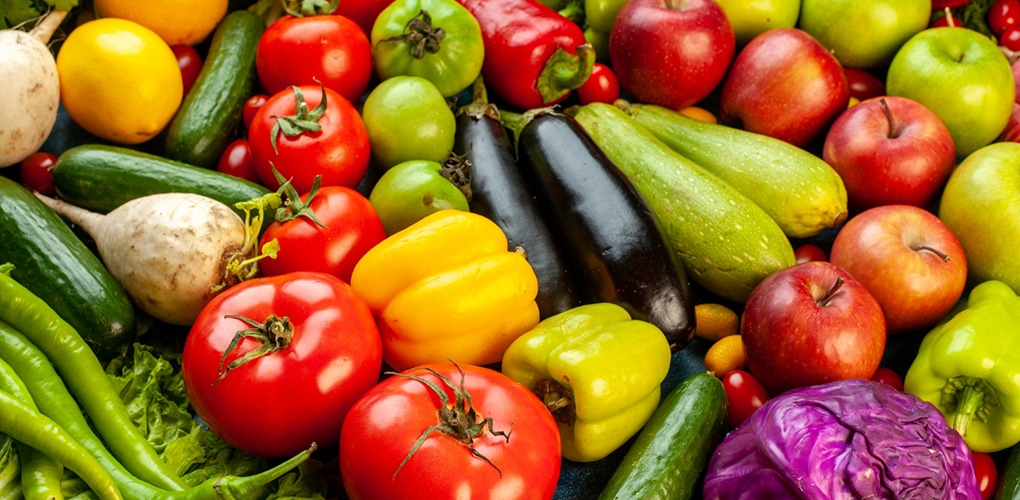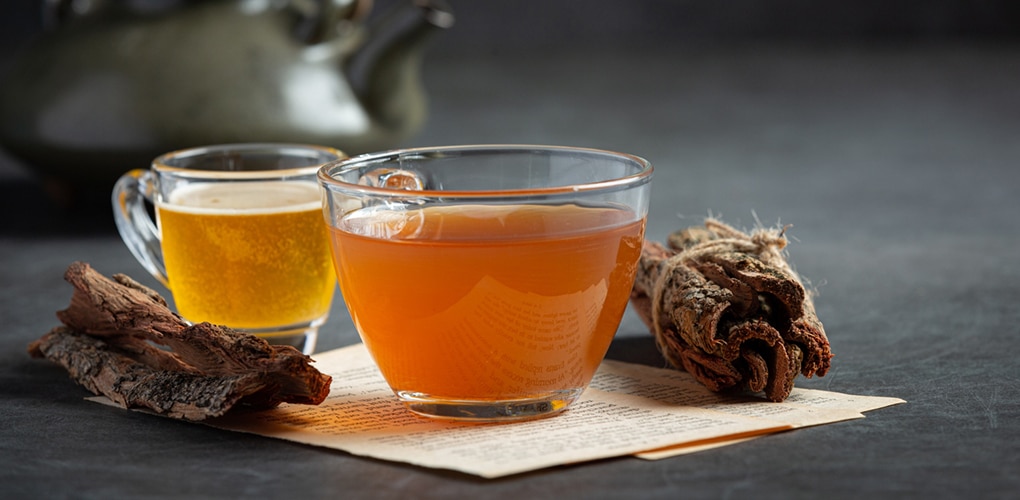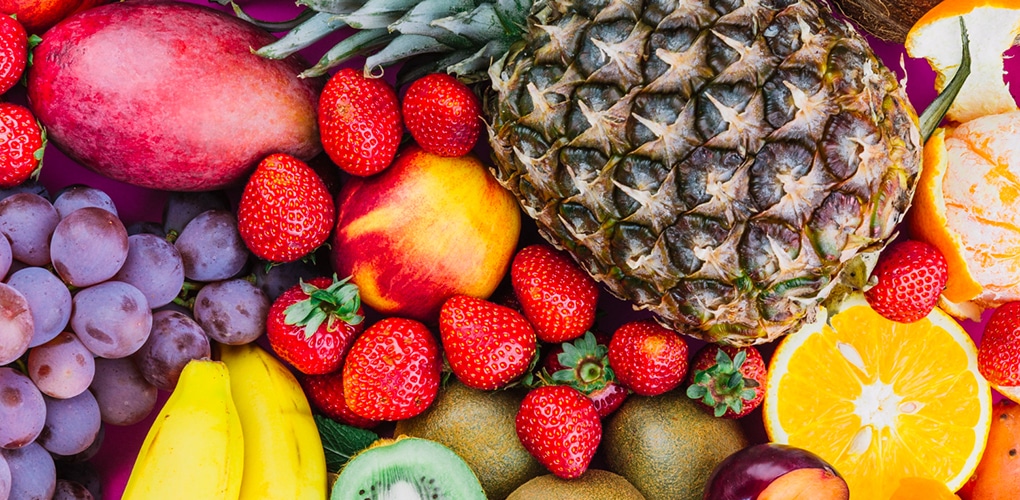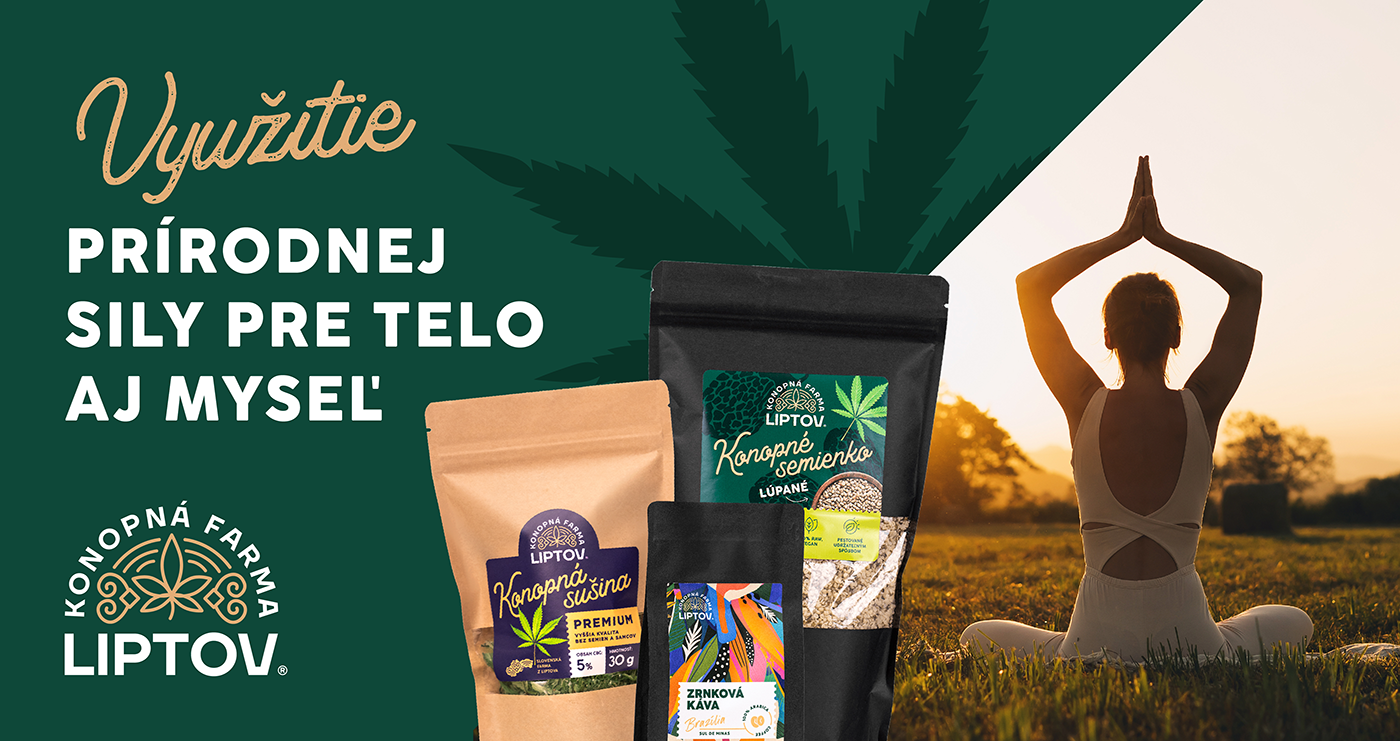Miraculous flavonoids and their effects

What are flavonoids?
Flavonoids are polyphenolic compounds that belong to the group of phytonutrients. They are the colouring agents that give many plants their characteristic colour. They are found in fruits, vegetables, tea, coffee and other plant products. Flavonoids have powerful antioxidant properties that protect cells from damage caused by free radicals, and they are also anti-inflammatory and antiviral.
What flavonoids do we know?
The best known flavonoids include:
- Rutin – This flavonoid, also called rutoside, is often found in foods like citrus fruits, black tea, and apples. It has significant antioxidant properties and is known for its ability to improve blood circulation. The flavonoid rutin is also very necessary for blood vessel health.
- Resveratrol – this flavonoid can be found, for example, in red wine. Where else besides wine is this flavonoid found? In grapes and nuts, for example. Resveratrol has antioxidant and anti-inflammatory effects and may be linked to heart health and longevity.
- Quercetin – in addition to apples and onions, this plant flavonoid can also be found in tomatoes, broccoli and many other plant foods. Quercetin has strong anti-inflammatory and antioxidant effects and may help with diseases associated with chronic inflammation.
- Pycnogenol – it is an extract from the bark of the Scots pine (Pinus pinaster). This flavonoid is known for its antioxidant and anti-inflammatory effects. It is used as a dietary supplement to support heart, blood vessel and skin health.
- Antianthocyanidins – These flavonoids are found in grape seeds, black tea and some fruits. They have antioxidant properties and may help maintain eye and cardiovascular health.
Types of flavonoids
The main types of flavonoids include:
- Flavonones are predominant in citrus fruits.
- Flavanols are found in tea, wine, apples, chocolate and pears.
- Flavones are present in olives, brown rice, green vegetables such as celery and parsley.
- Flavonols are found in tea, wine, cranberries, olives, apples, broccoli, leeks, cabbage, onions, garlic and horseradish.
- Anthocyanidins dominate in berries, red wine, red grapes, red grapefruit, cherries and strawberries.
Therapeutic effects of flavonoids
Flavonoids exhibit admirable therapeutic effects that manifest themselves in several aspects. The main ones are the ability to normalize the permeability of capillaries and blood vessels, eliminate the fragility of blood vessels, counteract bleeding and reduce swelling. Their beneficial effect on the human body is mainly linked to their significant properties as antioxidants. This refers in particular to their ability to dilate blood vessels, prevent blood clots in blood vessels, increase the elasticity and elasticity of blood vessels, reduce their fragility and also flavonoids fight cancer.
In addition to these effects, they are also anti-inflammatory. Some flavonoids have strong anti-inflammatory effects and may be beneficial in diseases associated with chronic inflammation. For example, Siberian Chaga is a great complement to flavonoids. You can read more about the effects of Siberian Chaga on our health here.
Where are flavonoids found everywhere?
Sources of flavonoids are found in many plants around the world. You can find them in the wild, in the plants in your garden, but also in the foods you eat every day.
Flavonoids are mainly concentrated in various plant sources such as celery, green tea, spirulina, chlorella, young barley, cabbage, broccoli, onions, wine, red wine and cocoa. Plant flavonoids, as natural colouring agents and antioxidants, can be found in several parts of plants, from their stems, to their leaves and flowers, to their fruits. Significant concentrations of these substances are found in the aerial parts of plants, which can contribute to their colour characteristics.
Flavonoids in food
Food is one of the main sources of flavonoids in our diet. Some foods rich in flavonoids are:
- Fruits: strawberries, raspberries, blueberries, grapes and citrus fruits contain a lot of flavonoids.
- Vegetables: onions, cabbage, broccoli, spinach and tomatoes are excellent sources of flavonoids.
- Nuts and seeds: nuts, especially hazelnuts, and seeds such as sunflower or linseed.
- Drinks: green tea, red wine and coffee.
- Brown rice: Brown rice contains flavonoids that help maintain blood sugar levels.
- Olive oil: Olive oil is known for its flavone content, which may have antioxidant effects and positive health benefits.
- Chocolate: Dark chocolate contains flavonoids, including epicatechin, which are attributed to its potential health benefits.
- Spices: turmeric, cinnamon and ginger contain flavonoids that have anti-inflammatory properties.
Which foods contain the most flavonoids
If you want to be healthy, you should eat mainly vegetables and fruits where the most flavonoids are found. Which foods contain a lot of flavonoids?
In winter, citrus fruits, grapes, green tea and other foods with flavonoids can help boost immunity and protect against the flu.
Quercetin, found in a variety of foods such as onions, red lettuce, tomatoes, peppers, broccoli, asparagus, apples, berries and grapes, has a beneficial effect in protecting against influenza viruses.
Cranberry juice also helps relieve cold and flu symptoms and stimulates the immune system.
Honey contains flavonoids and polyphenols, which help to boost immunity and protect against viruses and bacteria.
How much flavonoids should we take?
The daily intake of flavonoids is not set by any exact standard, it is up to you. But it is recommended that you consume foods high in flavonoids, at least 400 to 800 grams per day. But you can’t go wrong by eating such foods in much larger doses. In general, eating a variety of flavonoid-rich foods can be beneficial to health.



